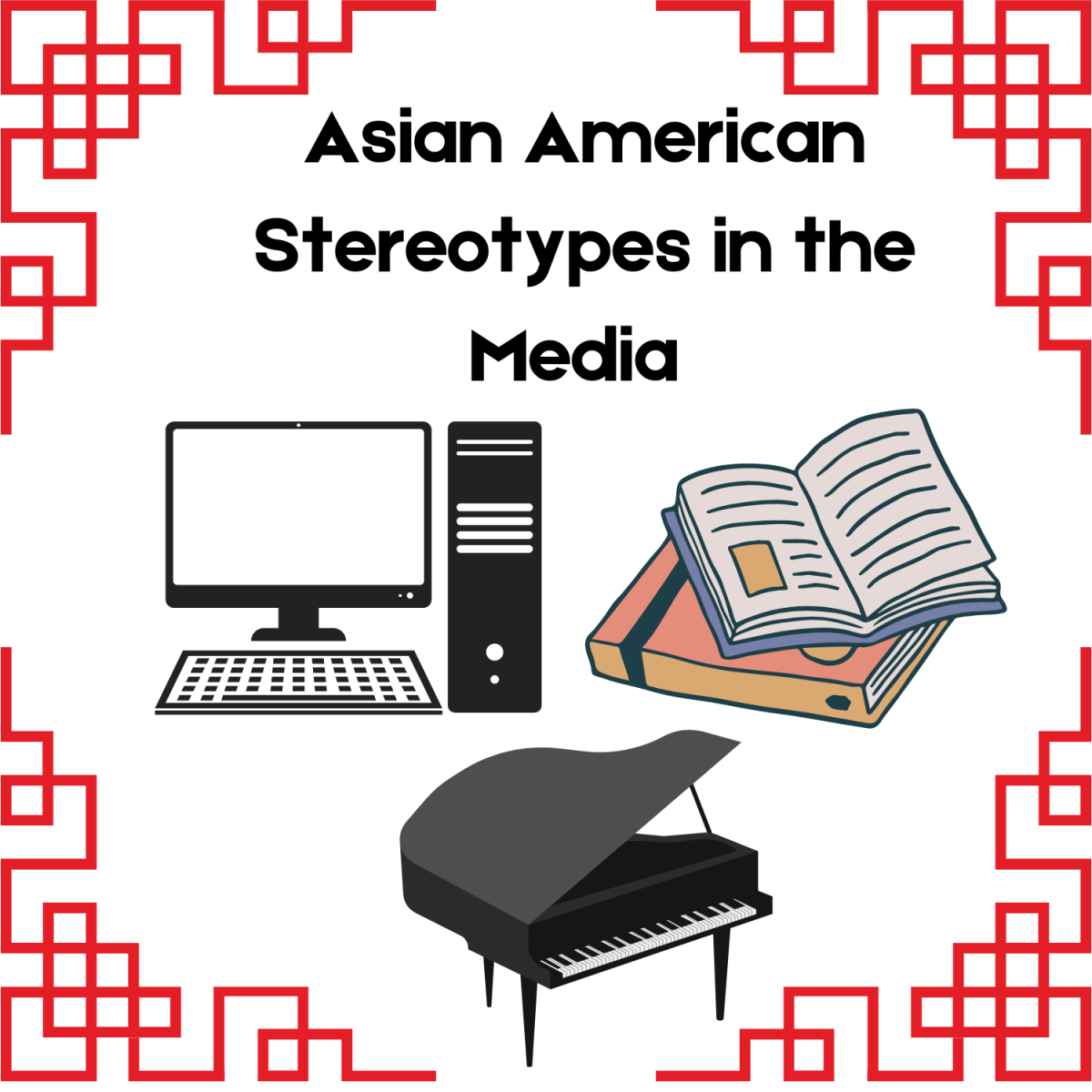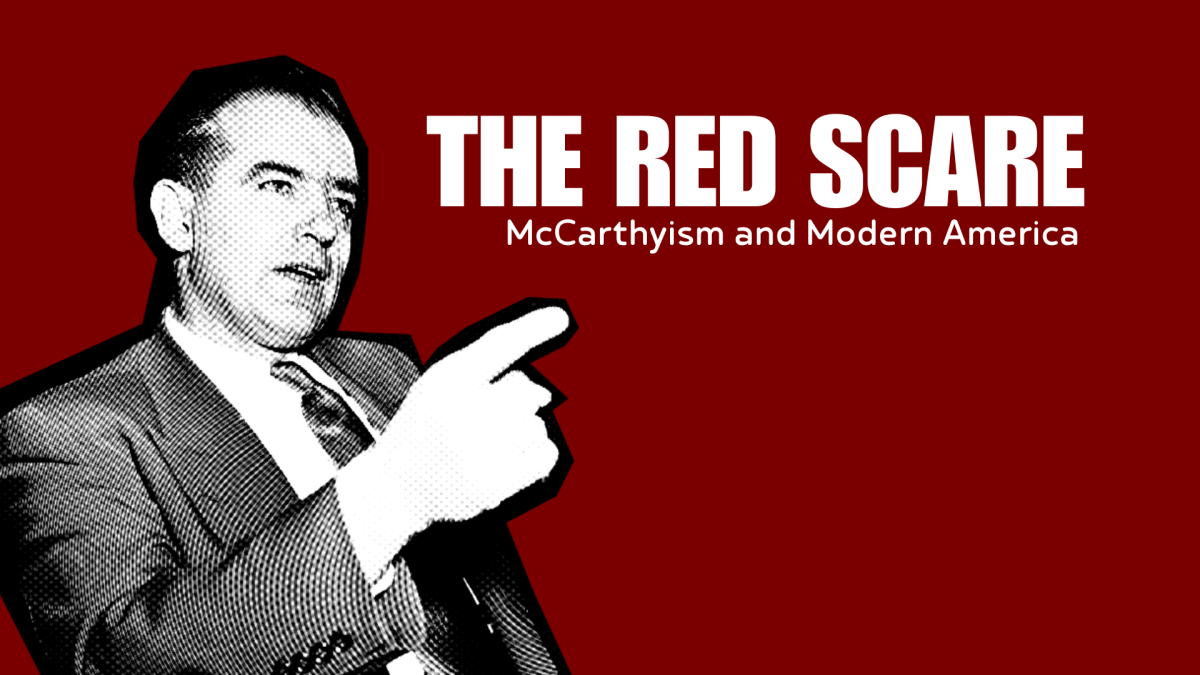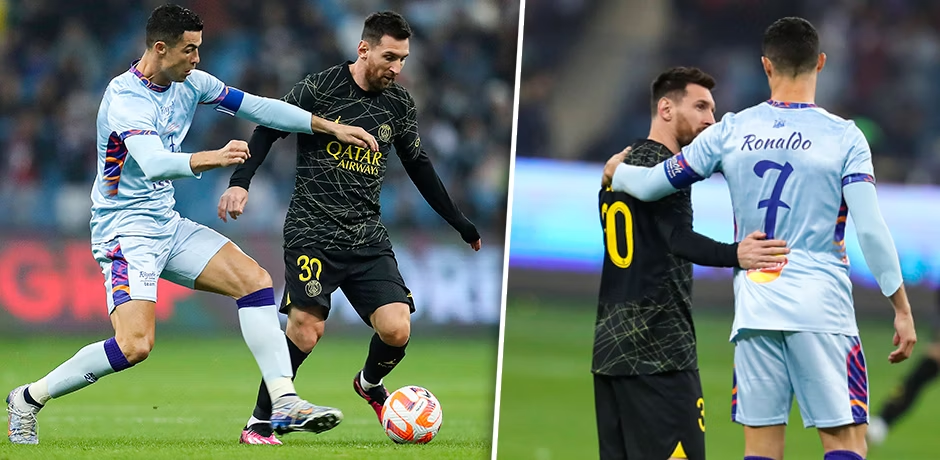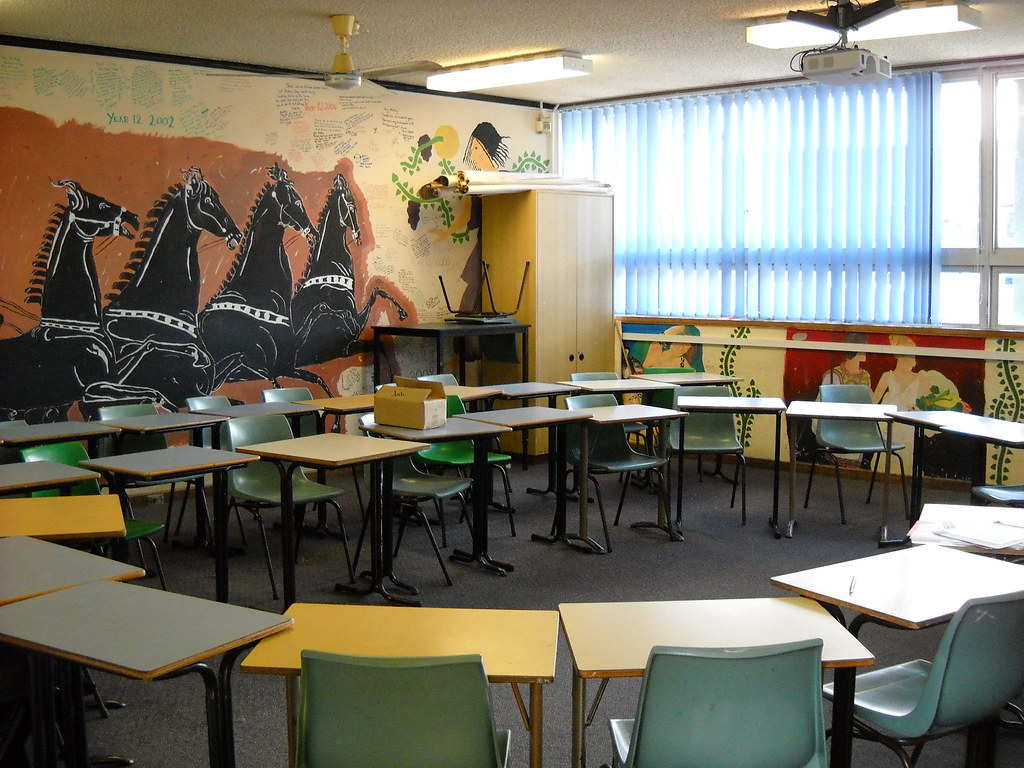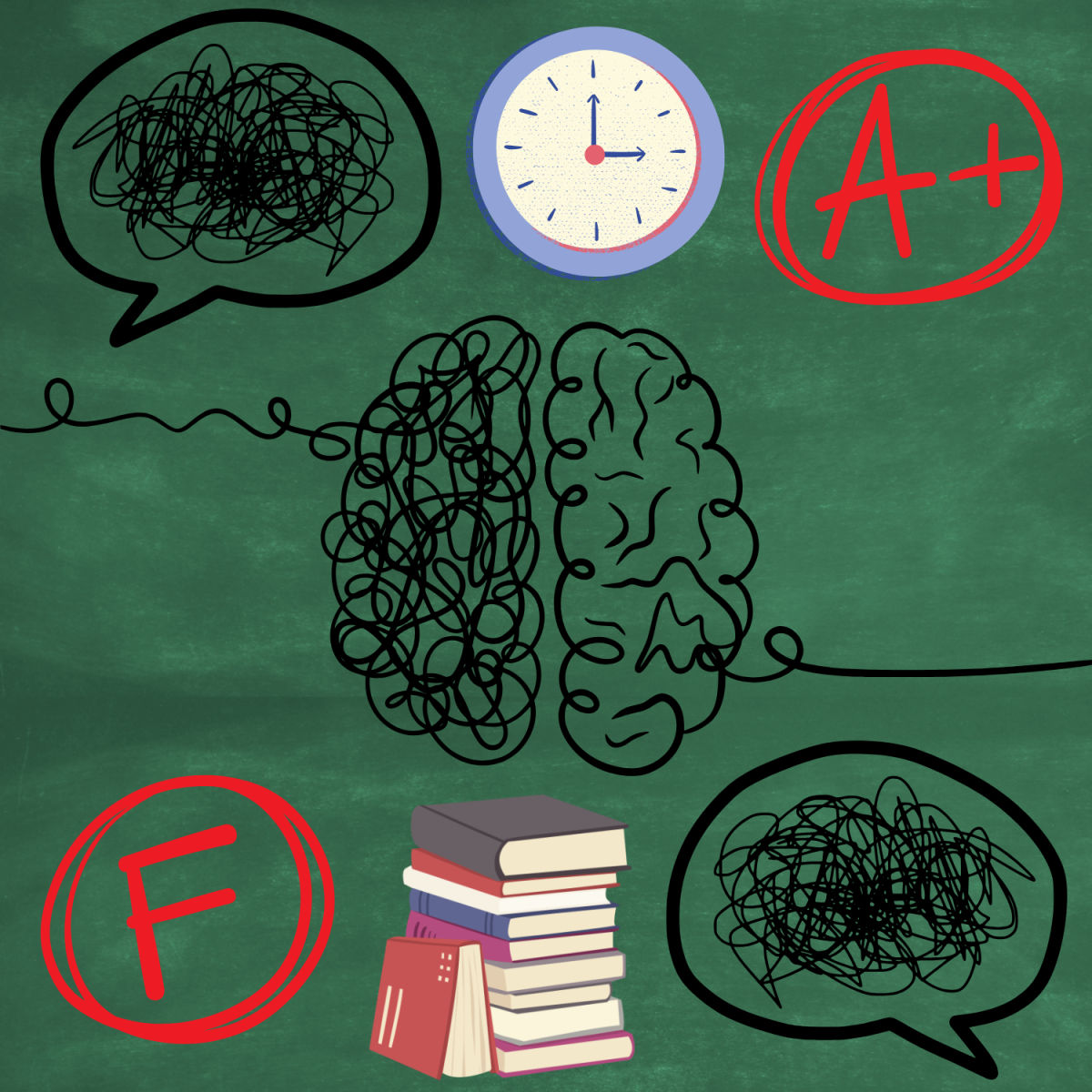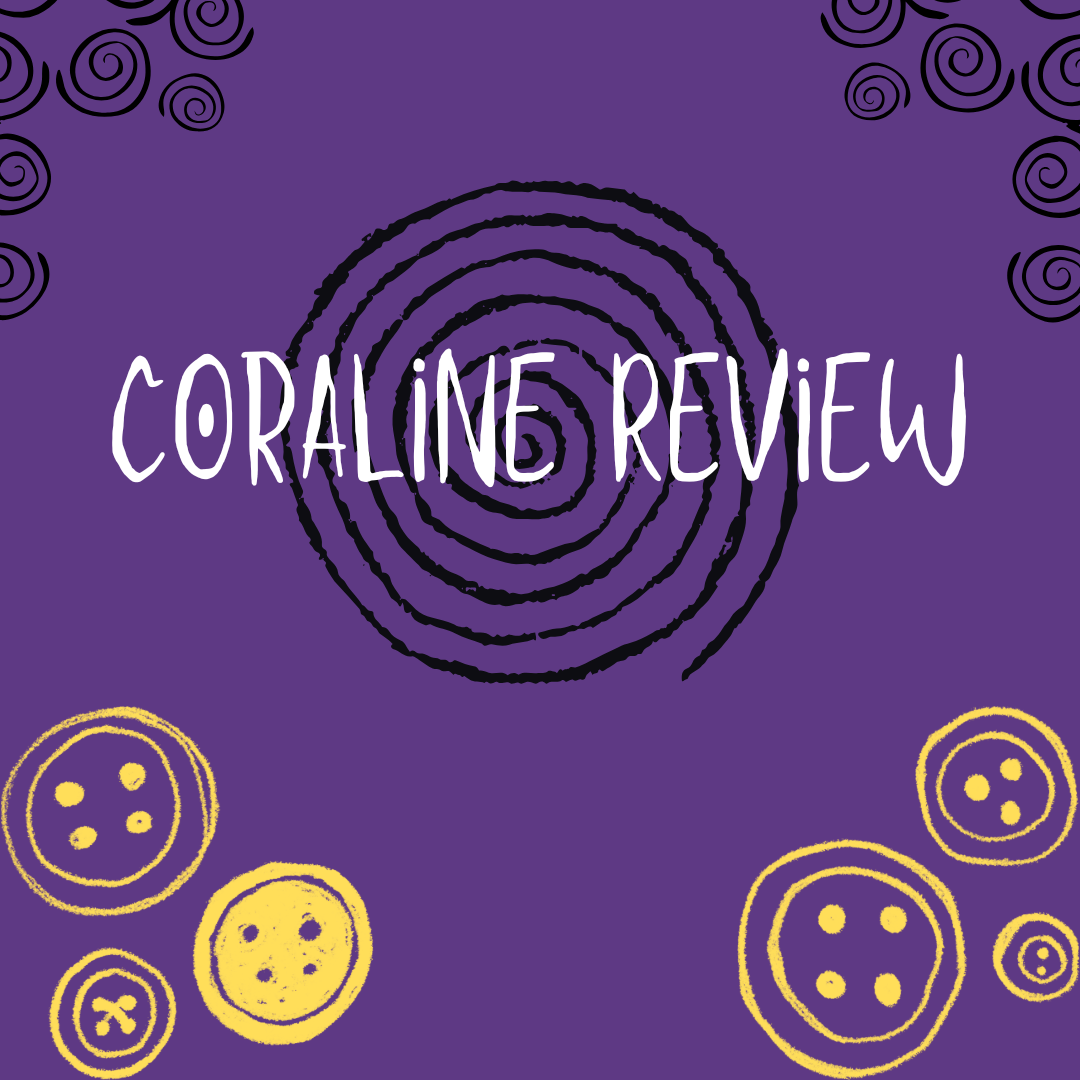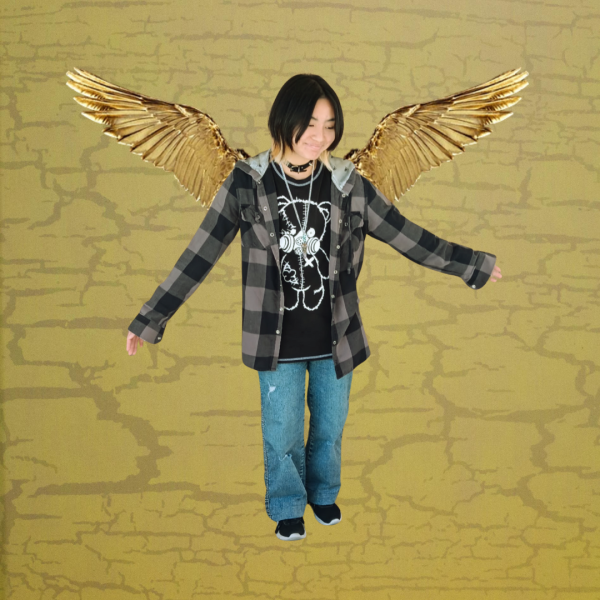Around 73% of the world’s population reports seeing or hearing stereotypes. Stereotypes are commonly associated with negative traits, but can they ever be positive?
I’m talking about the minority model, a common stereotype of the Asian and Pacific Islander community. This portrays Asian people as intelligent and hardworking. One way this manifests is in schools, where being Asian is sometimes attributed to academic success, particularly in math and science.
Compared to more abrasive stereotypes (ex., Women are too emotional, gay men are effeminate), this assumption seems pretty good, right?
Well… No.
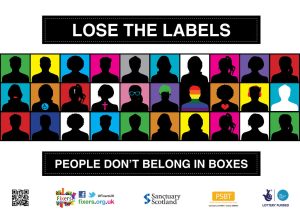
To people who don’t “fit” this stereotype, this model can feel like a standard they can never fulfill. This causes a sense of alienation and shame, which can lead to issues with identity and belonging. For those who do “fit” this stereotype, they risk having their accomplishments downplayed as something natural or inherent for “people like them.”
In a country that prides itself on being the “land of the free,” sterotypes do the exact opposite. By asserting that everyone from a particular group is the same, a person becomes defined by their group identity. This stifles opportunities for individual growth and expression.
The minority model myth has been widespread in America since the post-World War II era. This emerged due to shifting racial demographics incited by the 1965 Immigration and Nationality Act. This law ended biased immigration policies, prioritizing skilled workers, and family reunification. The result was a more educated and economically stable wave of immigrants, many of them of Asian descent. Their successes led to the creation of the minority model. This generalization, however, ignored the fact that many of these immigrants were already well educated. Furthermore, the minority model was also used as a counter to the Civil Rights Movement. By minimizing the role of systematic racism, minorities were often pitted against each other.
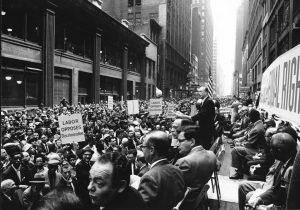
“During the rise of the Civil Rights Movement, the message was, if Asians can do it, then why can’t you? That’s something that I don’t think is discussed enough when we talk about the model minority myth.” Said Michelle K. Sugihara, executive director of the CAPE, in an interview with the NBCU Academy.
Although the US has come a long way since the start of the Civil Rights Movement, many of these sterotypes persist today. These are also not limited to the minority model. In movies and TV, Asian men are presented as effeminate, shy, socially awkward, and romantically inept. Women are shown as meek, passive, and quiet— or the overly assertive “Tiger mom,” Promiscuous “Geisha,” or mysterious “Dragon Lady.”
“Stereotypes are difficult to get rid of because their something that’s been in people’s minds for a very long time,” says Pim Pungsuchonsunthron, a junior at ERHS.
One of the biggest culprits is the media.
One example is Long Duk Dong from the 1984 comedy Sixteen Candles. His character is a socially incompetent exchange student who speaks broken English and is completely clueless about cultural norms. These exaggerated traits reflect a broader pattern of misrepresentation of Asian men.
Gedde Watanabe, who played Long Duk Dong, has admitted that he didn’t realize how offensive the role was at the time. Understandably, he was more focused on the job, especially since opportunities for Asian Americans were so limited at the time.
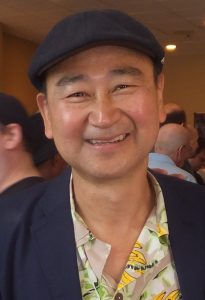
A more modern example is Tiffany Chen from season one of Disney’s Bunk’d, a Chinese-American camper at Camp Kikiwaka. Right off the bat, Tiffany is shown reading books in her cabin, and later uses her violin to help scare away the camp monster, the Kikiwaka. Although these traits don’t inherently reinforce sterotypes, many of Tiffany’s comments, especially about her mother, reflect the “tiger mom” and “overachieving daughter” stereotype.
Neither of these shows was directed by someone of Asian descent. Thus, it’s unsurprising that these “racial tropes” are exaggerated and misleading. Since these characters aren’t very well-developed beyond stereotypical traits, they come off as flat and somewhat gimmicky.
“The media perpetuates existing stereotypes by making jokes about it, which becomes a common thought for people to think of specific races,” elaborates Pim, when asked about the impact of TV on stereotypes.
The solution to this is cultural competence. Diversity in the media is important—but only if it’s done correctly. While some may argue that there’s “some truth” to every stereotype, “some truth” is different than the exaggerated portrayals in the media.
If you’re going to make a show/movie that touches on race, it’s important to involve someone from that culture. This can help distinguish fact from fiction and create a more accurate representation.
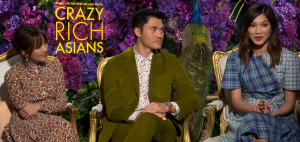
Some notable examples of this include movies like Saving Face and Crazy Rich Asians, which were written and directed by Asian Americans. These films also feature multi-dimensional characters, which helps humanize them and highlight the complexity of racial and cultural identity.
“I believe the best approach to debunking stereotypes is to continue with our lives and be our best,” says ERHS student Perry Liu. “As future generations continue this trend of improvement, people will begin to change their viewpoints on certain races.”

